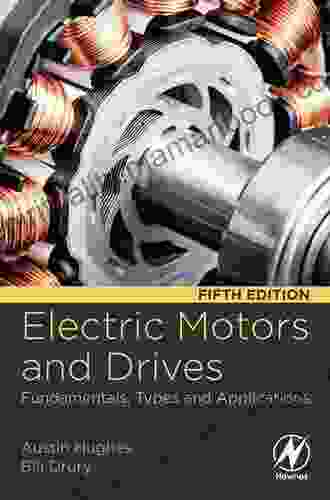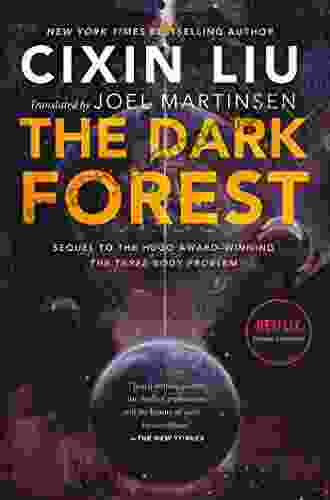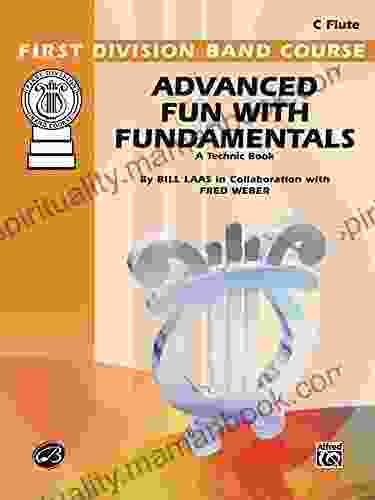Electric Motors and Drives: Fundamentals, Types, and Applications

Electric motors and drives are essential components of many modern machines and systems. They convert electrical energy into mechanical energy, enabling a wide range of applications in industries such as manufacturing, transportation, and renewable energy. Understanding the fundamentals, types, and applications of electric motors and drives is crucial for engineers and technicians seeking to optimize system performance and efficiency.
Electric motors operate based on the principle of electromagnetic induction. When an electric current flows through a conductor in a magnetic field, it experiences a force. This force, known as the Lorentz force, causes the conductor to move.
The basic components of an electric motor are:
4.4 out of 5
| Language | : | English |
| File size | : | 38104 KB |
| Text-to-Speech | : | Enabled |
| Screen Reader | : | Supported |
| Enhanced typesetting | : | Enabled |
| Word Wise | : | Enabled |
| Print length | : | 476 pages |
- Stator: A stationary part that generates a magnetic field.
- Rotor: A rotating part that contains conductors that interact with the stator's magnetic field.
- Armature: The conductor or coil on the rotor that carries the electric current.
- Field winding: The coil on the stator that creates the magnetic field.
There are various types of electric motors, each with its unique characteristics and applications. Some common types include:
- DC brushed motors: Use a mechanical commutator to reverse the current flow in the armature, resulting in continuous rotation.
- DC brushless motors: Utilize electronic commutation to control the current flow, offering higher efficiency and longer lifespan.
- AC induction motors: Operate on the principle of electromagnetic induction, where the stator's rotating magnetic field induces an electric current in the rotor's conductors, causing rotation.
- AC synchronous motors: Rotate at the same speed as the stator's magnetic field, providing precise speed control.
- Stepper motors: Move in discrete steps, offering precise positioning control.
- Servo motors: High-power motors with precise torque and speed control capabilities.
Electric drives are systems that control the operation of electric motors. They typically consist of:
- Variable frequency drive (VFD): An electronic device that controls the frequency and voltage of the power supplied to the motor, allowing for variable speed operation.
- Motor controller: A device that regulates the voltage and current supplied to the motor.
Electric drives can be classified into different types based on their control mechanism and power electronic technology. Common types include:
- DC drives: Utilize DC motors and control the armature voltage or field current.
- AC drives: Employ AC motors and control the frequency and voltage of the power supply.
- Servo drives: Utilize servo motors and provide precise control of torque, speed, and position.
Electric motors and drives have a wide range of applications in various industries, including:
- Industrial machinery: Powering conveyors, pumps, and fans in manufacturing and processing facilities.
- Transportation: Electric motors are used in electric vehicles, trains, and elevators.
- Renewable energy: Electric drives control wind turbines and solar panels to generate electricity.
Electric motors and drives are versatile and efficient components that play a critical role in modern machines and systems. Understanding their fundamentals, types, and applications enables engineers and technicians to optimize system performance, improve efficiency, and meet specific application requirements. Continued advancements in electric motor and drive technology promise even greater efficiency, precision, and sustainability in a wide range of industries.
4.4 out of 5
| Language | : | English |
| File size | : | 38104 KB |
| Text-to-Speech | : | Enabled |
| Screen Reader | : | Supported |
| Enhanced typesetting | : | Enabled |
| Word Wise | : | Enabled |
| Print length | : | 476 pages |
Do you want to contribute by writing guest posts on this blog?
Please contact us and send us a resume of previous articles that you have written.
 Top Book
Top Book Novel
Novel Fiction
Fiction Nonfiction
Nonfiction Literature
Literature Paperback
Paperback Hardcover
Hardcover E-book
E-book Audiobook
Audiobook Bestseller
Bestseller Classic
Classic Mystery
Mystery Thriller
Thriller Romance
Romance Fantasy
Fantasy Science Fiction
Science Fiction Biography
Biography Memoir
Memoir Autobiography
Autobiography Poetry
Poetry Drama
Drama Historical Fiction
Historical Fiction Self-help
Self-help Young Adult
Young Adult Childrens Books
Childrens Books Graphic Novel
Graphic Novel Anthology
Anthology Series
Series Encyclopedia
Encyclopedia Reference
Reference Guidebook
Guidebook Textbook
Textbook Workbook
Workbook Journal
Journal Diary
Diary Manuscript
Manuscript Folio
Folio Pulp Fiction
Pulp Fiction Short Stories
Short Stories Fairy Tales
Fairy Tales Fables
Fables Mythology
Mythology Philosophy
Philosophy Religion
Religion Spirituality
Spirituality Essays
Essays Critique
Critique Commentary
Commentary Glossary
Glossary Bibliography
Bibliography Index
Index Table of Contents
Table of Contents Preface
Preface Introduction
Introduction Foreword
Foreword Afterword
Afterword Appendices
Appendices Annotations
Annotations Footnotes
Footnotes Epilogue
Epilogue Prologue
Prologue Beate Ziebell
Beate Ziebell Victor Zagal
Victor Zagal Adrian Smith
Adrian Smith Ashley Marie Mireles
Ashley Marie Mireles Tony Wagner
Tony Wagner Wisdom Mwanaka
Wisdom Mwanaka Lexy Timms
Lexy Timms Justin Devillier
Justin Devillier Hiroshi Mikitani
Hiroshi Mikitani Sharon V Kramer
Sharon V Kramer Richael Barger Anderson
Richael Barger Anderson Karen R Kleiman
Karen R Kleiman C T Boudreaux
C T Boudreaux Judy Christie
Judy Christie Malcolm Barnard
Malcolm Barnard William Gibson
William Gibson Jean Marie Bauhaus
Jean Marie Bauhaus Debbie Bliss
Debbie Bliss Ella Cooper
Ella Cooper Essex Cholmondeley
Essex Cholmondeley
Light bulbAdvertise smarter! Our strategic ad space ensures maximum exposure. Reserve your spot today!
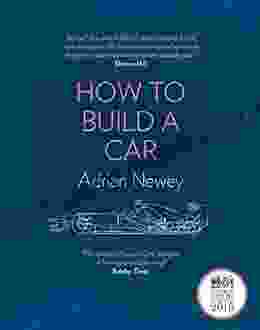
 Clark BellThe Autobiography of the World's Greatest Formula Designer: A Journey Through...
Clark BellThe Autobiography of the World's Greatest Formula Designer: A Journey Through... Henry David ThoreauFollow ·12.2k
Henry David ThoreauFollow ·12.2k Brandon CoxFollow ·15.4k
Brandon CoxFollow ·15.4k Julian PowellFollow ·9.7k
Julian PowellFollow ·9.7k Felix CarterFollow ·8.2k
Felix CarterFollow ·8.2k Vince HayesFollow ·5.1k
Vince HayesFollow ·5.1k Trevor BellFollow ·16.4k
Trevor BellFollow ·16.4k Ian McEwanFollow ·5.5k
Ian McEwanFollow ·5.5k Martin CoxFollow ·9.3k
Martin CoxFollow ·9.3k

 Thomas Powell
Thomas PowellHair Care Essentials for Crochet Braids: A Protective...
Crochet braids are a versatile and...
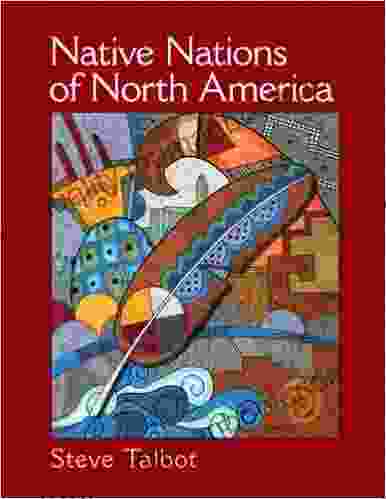
 Philip Bell
Philip BellNative Nations of North America: A Comprehensive Guide
North America is home to a...

 Jackson Hayes
Jackson HayesCall Me Crazy: My Unique Journey with Green
In the kaleidoscopic tapestry of life, where...

 Graham Blair
Graham BlairUnveiling the Literary Treasures of Michigan: A Journey...
The literary landscape of...
4.4 out of 5
| Language | : | English |
| File size | : | 38104 KB |
| Text-to-Speech | : | Enabled |
| Screen Reader | : | Supported |
| Enhanced typesetting | : | Enabled |
| Word Wise | : | Enabled |
| Print length | : | 476 pages |


